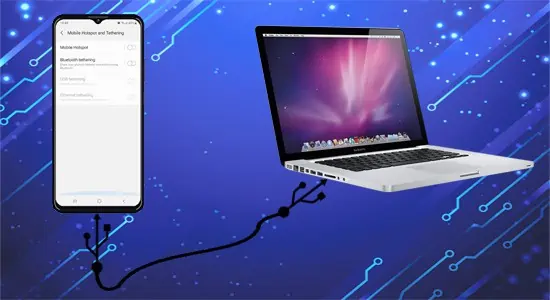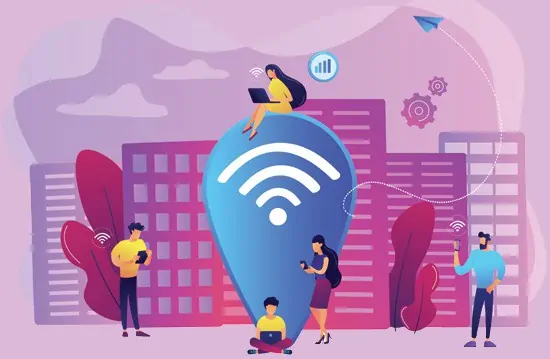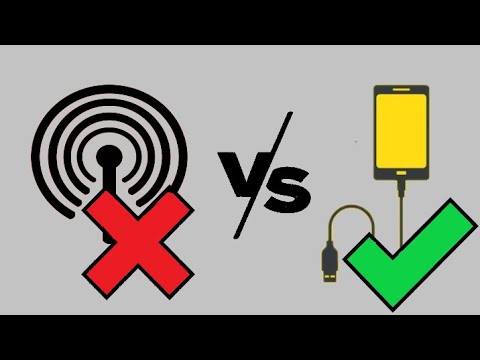People have been using both tethering and hotspot services to share internet connections. While both provide localized Wi-Fi services to connected devices, they work differently.
Tethering is more of a general term for bridging internet connection over other devices. you may use it through different media. Hotspot, meanwhile, is a wireless point through which devices can access the internet.
In this article, we speak in detail on tethering and mobile hotspots and suggest which might be more suitable for you.

Tethering is a feature in a mobile device for sharing the internet and data with connected devices. This connection can be through USB, Bluetooth, Ethernet, or Wi-Fi.
Hotspots are physical wireless internet access points that may be public or private. You need a router to provide broadbandWi-Fi connectivityto multiple devices. While you may tether through physical or wireless media, hotspots only use Wi-Fi.
Is Tethering the Same as Hotspot
Only the USB or Bluetooth tethering options were available in older phones. You could use them to maintain a one-to-one connection. These days, Wi-Fi tethering has blurred the lines between tethering and hotspot connections.

Most people have the misconception that the Wi-Fi tethering option in your mobile is the standard mobile hotspot. Mobile Operating Systems also name Wi-Fi tethering as Mobile hotspot, which might be the reason for the mix-up.
Tethering vs. Hotspot: Features
Tethering and hotspots provide portable alternatives to conventional LAN or WAN internet connections. Still, they have considerable differences both in design and implementation.
Tethering uses the data plan of your mobile phone to access the internet. Average 4G mobile network can handle speeds of about 10-14 Mbps. But you’ll get an internet connection at about 54 Mbps speed from most hotspots. So hotspots have superior speed unless you have a 5G data plan, which supports a download speed of about 10 Gbps.

The medium used for tethering also imposes an upper limit for the data speed. Bluetooth that supports a maximum of 2 Mbps is extremely slow. The latest USB (Type-C) and Ethernet cables support gigabytes per second of data transfer. Wi-Fi is also more prone to interference, which maydeteriorate its speed.
Thelatencyof the internet connection also affects its speed. Mobile hotspots have very low ping rates unless there are issues in their positioning. Tethering shows a higher lag, but there are differences among the types. In general, USB tethering has the least lag.
Cost for Internet Access
The data cost rates may vary depending on your service provider. In general, tethering offers fixed rates per Kilobytes of data. Some carriers restrict the tethering feature unless users make additional payments for such services.